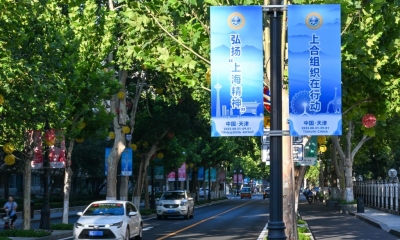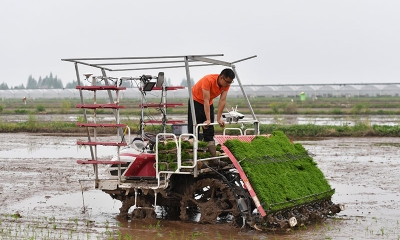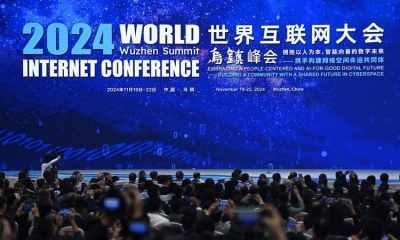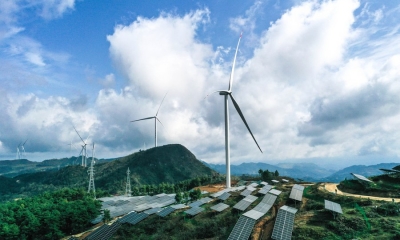China and ASEAN: Mutual Benefit Integration
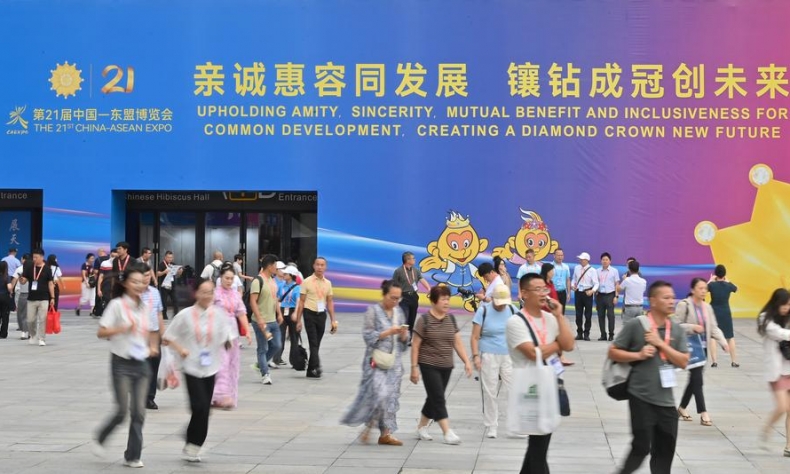
In an era of transformation, cooperation between ASEAN and China may serve as an example of pragmatic, mutual benefit diplomacy in a fractured world.
As Chinese Premier Li Qiang embarked on his trip to Laos for pivotal talks on East Asian cooperation, the focus shifts to how these meetings will influence the future of regional cooperation and integration. Experts believe that this gathering of leaders offers a crucial moment to steer the course toward multilateralism and free trade – especially as anti-globalization sentiments and protectionist policies gain traction worldwide.
Premier Li’s schedule included participation in the 27th China-ASEAN Summit, the 27th ASEAN Plus Three Summit, and the 19th East Asia Summit in Vientiane, Laos’ capital. The stakes are high as nations attempt to find common ground amid growing global uncertainty, and China looks to reaffirm its leadership in promoting broader economic cooperation. All eyes will be on the outcomes of these discussions, as they could set the tone for future diplomacy in the region.
The annual ASEAN Summit is more than a diplomatic gathering – it’s a stage for the host country to set the tone for regional cooperation. This year’s theme, “Enhancing Connectivity and Resilience,” chosen by Laos, signals a strategic push toward deeper integration and community building across Southeast Asia. Laos has laid out nine priorities, a roadmap of sorts, aimed at fortifying connectivity and bolstering resilience in the face of a rapidly shifting global landscape.
In the realm of connectivity, the focus is on integrating economies, fostering an inclusive and sustainable future, and preparing ASEAN for the digital age. The promotion of culture and arts underscores a commitment to weaving together the region’s diverse cultural fabric into a cohesive narrative of unity. It’s a vision that extends beyond mere economic integration—it’s about creating a future where resilience is embedded in the very fabric of the community.
On the resilience front, Laos has identified five key areas: implementing the ASEAN Community Vision 2045, enhancing ASEAN’s central role in regional diplomacy, and tackling environmental challenges, particularly climate change. The priorities also emphasize the empowerment of women and children and transforming health systems to better respond to the evolving needs of the region. In a world increasingly highlighted by volatility and uncertainty, ASEAN’s push for connectivity and resilience isn’t just a thematic choice—it’s a necessary response to the evolving challenges posed by economic disruptions and security threats, both traditional and emerging.
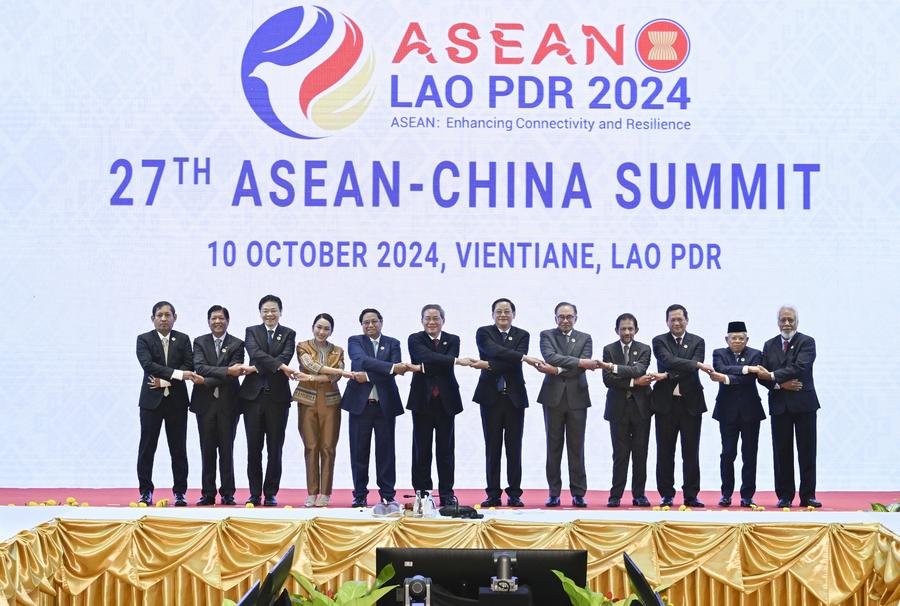
For more than three decades, the relationship between China and ASEAN has evolved into one of the most significant and mutually beneficial partnerships in Asia. Since establishing their formal dialogue in 1991, this alliance has flourished, impacting over two billion people across 11 nations. Their cooperation has followed a path of deep-rooted neighborliness and shared prosperity, particularly under the framework of the Belt and Road Initiative (BRI) proposed by China, which has delivered substantial results over the past decade. Several key factors underpin this successful relationship.
First, geographic proximity and shared interests have fostered a deep bond. Their political and public support is robust, helping to sustain a wide range of collaborative efforts.
Second, both sides have embraced the principles of consultation and cooperation, yielding development gains that benefit both. Their work on the BRI has proven to be a model of complementary strengths, advancing high-quality projects in the region.
Third, both China and ASEAN prioritize tangible outcomes. Their shared vision of regional growth has driven the implementation of BRI projects that significantly boost infrastructure investment, addressing critical bottlenecks such as lagging connectivity.
The strategic alignment between the BRI and ASEAN’s Master Plan on Connectivity 2025 has accelerated regional integration. In filling the region’s infrastructure funding gaps – especially in transport networks like railways, roads, and ports – the BRI has unleashed ASEAN’s growth potential, transforming its role in regional and global economic dynamics. As China and ASEAN work to solidify their long-standing partnership, the time has come to infuse fresh energy into their cooperation. The evolving landscape of cooperation in technology, education, and talent offers a powerful avenue to elevate this relationship to new heights.
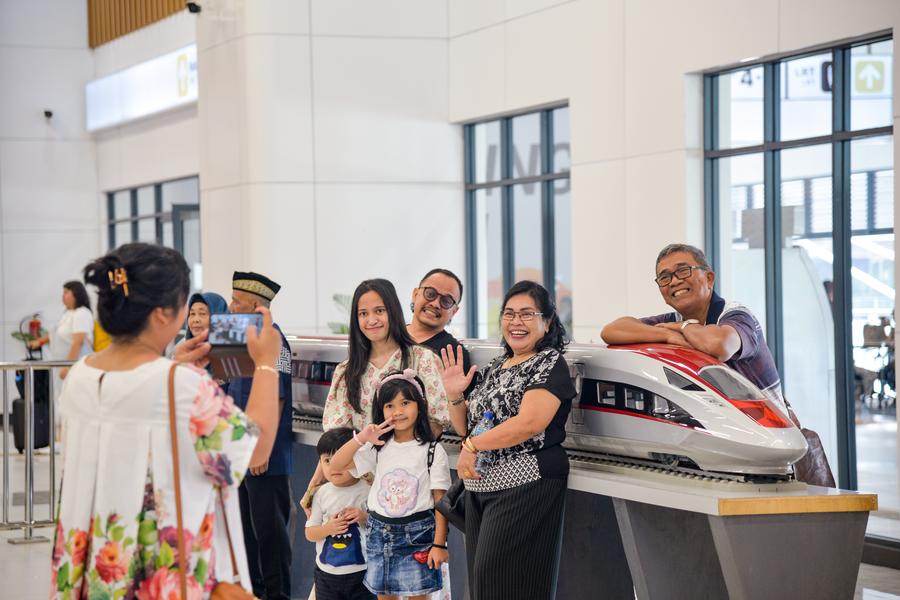
This year, marked as the China-ASEAN Year of People-to-People Exchanges, presents a pivotal opportunity to channel these elements into a more profound and integrated collaboration. The convergence of technology, education, and talent can be the engine that propels China-ASEAN relations forward. These sectors, once seen as separate domains, now intertwine, forming the backbone of a future-oriented partnership. Human resources development, a key pillar of the 10+1 cooperation mechanism between China and ASEAN, is set to benefit immensely from this shift. The focus is no longer just on traditional economic and political ties; it’s about fostering a community with a shared destiny, anchored in the exchange of ideas, knowledge, and innovation.
In this vision, people-to-people exchanges are more than just diplomatic niceties. They represent the foundation upon which a closer China-ASEAN community can be built. The integration of technology and education in talent development isn’t just a strategy; it’s a necessity. As these nations look to the future, this new direction promises to strengthen bonds and ensure that both China and ASEAN are better prepared for the complexities of the global landscape ahead. ASEAN has quietly emerged as a global powerhouse. Now the third-largest economy in Asia, just behind China and Japan, and the fifth globally, ASEAN seeks to define its role not through military alliances, but as a key economic player on the world stage. The region’s strategy is simple: build trust through trade, not tanks. China, recognizing the value of this approach, has pledged to work alongside ASEAN to maintain regional stability and foster open, inclusive cooperation. Beijing is keen to push back the bloc confrontation and divisive, isolationist policies, often symbolized by the metaphorical “small yard with high fences.”
Both ASEAN and China will need to work closely to deepen economic integration, elevate trade and investment, and enhance connectivity across the region. Industrial and supply chains must be further integrated, ensuring the region can weather future disruptions. In an era of transformation, cooperation between ASEAN and China may serve as an example of pragmatic, mutual benefit diplomacy in a fractured world.
Imran Khalid is a columnist for Pakistani media outlets, such as The Nation, The News International, and Pakistan Today.
The article reflects the author’s opinions, and not necessarily the views of China Focus.
 Facebook
Facebook
 Twitter
Twitter
 Linkedin
Linkedin
 Google +
Google +




